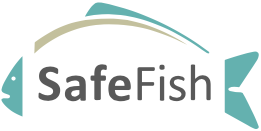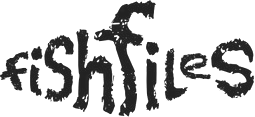A key component of SafeFish is proactive research to identify and mitigate risks before they cause a problem, or to grow knowledge to improve our risk management in a cost-effective manner. For the 2022 to 2025 period, SafeFish will be facilitating technical research on the following issues that were identified as high priority for the Australian seafood sector:
- Collate and review all available testing data on chemical contaminants in seafood (metals and Ag/Vet chemicals) to identify gaps and/or deficiencies.
- Facilitate a workshop to review the data collated and identify priority areas where additional testing would be beneficial. Design a testing program and coordinate laboratory analysis on priority contaminants and species identified from the workshop.
- This program will run from January 2023 to January 2025.
Chemical Contaminants
Chemical contaminants are often widely found in the marine environment, either occurring naturally (such as arsenic, cadmium or mercury) or through anthropogenic sources (such as lead, and Agricultural/Veterinary chemicals). They have the ability to accumulate in seafood grown in areas where they are present in high concentrations. The consumption of seafood with high levels of these compounds has the potential to cause chronic human health conditions.
Due to advancing toxicological evidence on contaminants, international regulations continue to be more restrictive (reducing or tightening MRLs and MLs at Codex, in the EU and Japan). Recently we have seen recalls as a result of cadmium detection in rock lobsters exported to China and isoeugenol residues detected in eels sent to Korea. Contaminants have also caused a number of national incidents, including metal contamination from dredging in QLD, contamination of water from lead smelter operations in SA, and detection of metals in TAS heritage and commercial waters. Whilst data on contaminants in seafood is available in Australia, there is a need to collate this information and assess if it is vast enough to ensure that we have a strong knowledge base for responding to risk and potential incidents in the market.
The objectives of this project are to:




